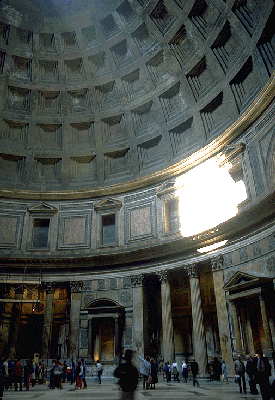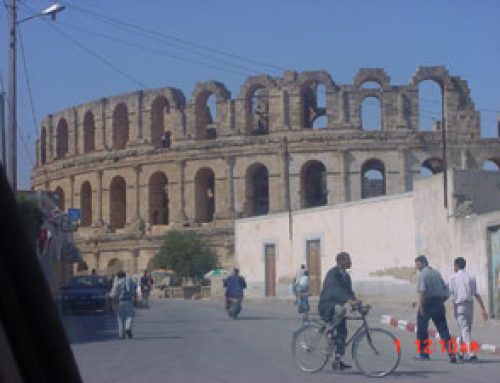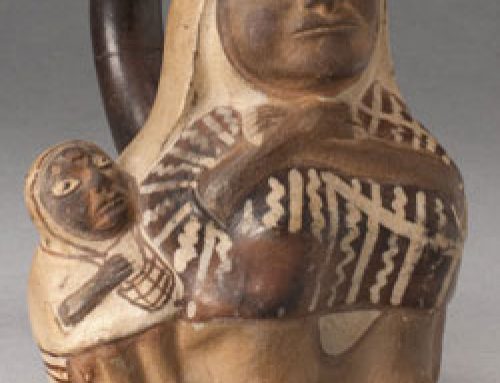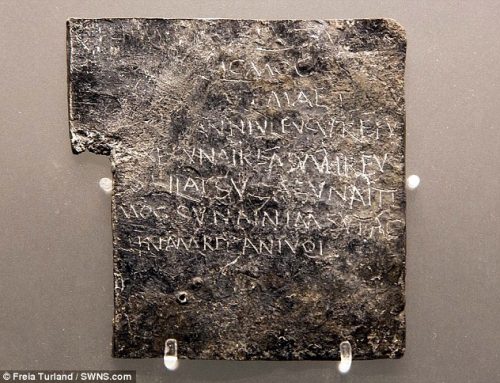Okay, you’ve learned how to build an arch. Now suppose you want to make a dome. How would you do that using the idea of the arch?

A dome is an arch rotated around in a circle.
This is harder, but basically a dome is an arch turned around and around, rotated around a vertical axis. People did not get this idea to make a dome until the time of the Roman Empire, around 100 AD.
A famous early example of a dome is Hadrian’s Pantheon in Rome. Another great dome from the ancient world is the one in Hagia Sophia, in Constantinople. Architects built Hagia Sophia under the Emperor Justinian in the 500s AD.

Dome of the Rock Mosque, Jerusalem
During the Islamic Empire, in West Asia, architects there built the Dome of the Rock mosque in Jerusalem in the 600s AD, and, in the 700s, the Great Mosque of Damascus, which also has a dome. In the 800s, the Abbasids built the Great Mosque at Kairouan in North Africa, also with a small dome.

A Moscow church from 1475
About 1100 AD, after a big gap, architects in Europe began to build domes again. One example is the baptistry of Pisa. A really big dome was the later Duomo of Florence (1418).
Learn by doing: find a building with a dome near you
More about the Pantheon’s dome
More about Hagia Sophia
Bibliography and further reading about domes and the history of architecture:
Arches to Zigzags: An Architecture ABC, by Michael J. Crosbie (2000). Shows what an arch is, or a gable, or an eave. For younger kids.
Eyewitness: Building, by Philip Wilkinson, Dave King, and Geoff Dann (2000). Lavishly illustrated, like other Eyewitness books for kids, and with good explanations of most architectural terms.
Dome: A Study in the History of Ideas (Princeton Monographs in Art and Archaeology, No 25), by E. Baldwin Smith (1985). By a specialist, for adults.





